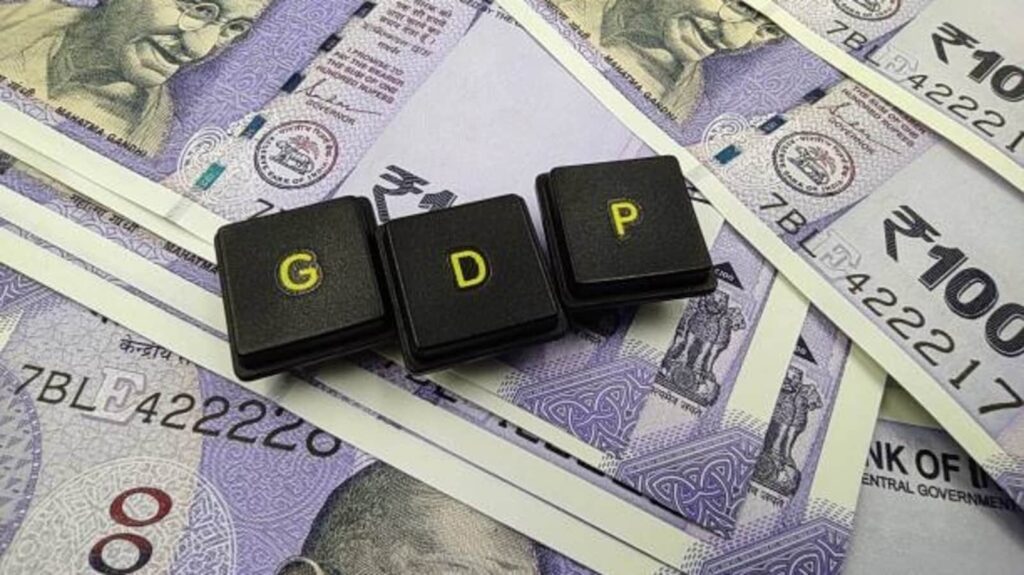India’s GDP grew at 7.8% in the quarter ending June 2023, exactly what a Bloomberg poll of economists predicted and broadly in line with the 8% forecast by the Monetary Policy Committee (MPC) of the Reserve Bank of India (RBI) in its August resolution. Given the fact that there are no surprises in the headline number, what do the latest GDP statistics tell us about the economy? Here are three key takeaways.
The first message is that the Indian economy continues to do well despite headwinds on the external front. 7.8% growth, whichever way one looks at it, is a good number, and it looks even more impressive in the wake of the fact that exports have fallen compared to the same period last year and imports have increased. While the international economic environment continues to remain volatile, strength in domestic economic activity is clearly good news.
The second key message requires reading the real and nominal numbers together. In some important sectors such as manufacturing, trade and other services, the real growth number is higher than the nominal growth number on a year-on-year basis. This confirms the point made by some analysts that the latest numbers have some element of statistical boost due to methodological issues around the use of a deflator (to remove the effect of inflation from the numbers). To be sure, they do not take away from the fact that the economy continues to do well.
The third and most important takeaway is that even at this point in time in September, the political economy situation may have changed significantly compared to what the June quarter numbers show. Rainfall performance up to August and IMD’s projections for September indicate a high likelihood of monsoon being deficient in large parts of the country. This, given the already high levels of inflation in key food items such as cereals and pulses, might generate tailwinds for food inflation. The government’s aggressive intervention in food markets confirms that it is not oblivious to this threat. While its policies might help control food inflation, they are likely to worsen terms of trade for farmers, in turn generating headwinds for rural demand. This would not matter so much in a normal year, given agriculture’s low weight in national income, but it has the potential of generating political discontent in a pre-election year. The government’s central economic challenge, going forward, will be maintaining this fine balance between inflation and farm incomes.
Embrace independence with quality journalism
Save on HT + The Economist subscription


